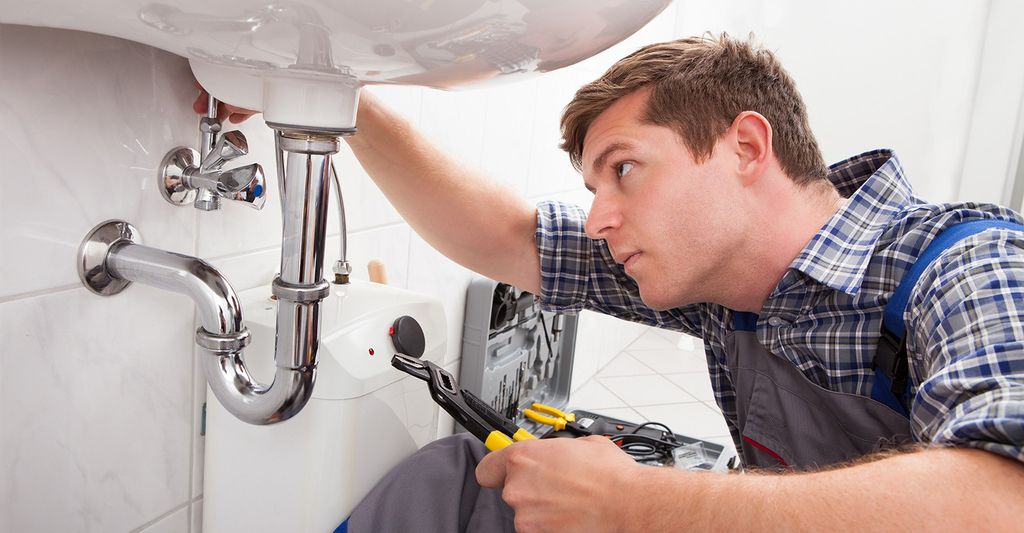
Plumbers near you
Bathroom plumbing involves faucet installation, drain repair, and toilet maintenance. Hiring local pros can help prevent leaks and minimize repair expenses.
Top pros for your project
These pros consistently receive high praise in customer reviews.These popular pros are highly sought after for their quality and expertise.These pros recognize that your time is important, and are the fastest to respond to requests.These highly recommended pros are experts, ready to help with your project.
These pros consistently receive high praise in customer reviews.These popular pros are highly sought after for their quality and expertise.These pros recognize that your time is important, and are the fastest to respond to requests.These highly recommended pros are experts, ready to help with your project.
See more reviews, compare prices, and hire your favorite pros all with Thumbtack.
There are 316 five star Plumbers in Columbus, Ohio on Thumbtack.
You never pay to use Thumbtack: Get cost estimates, contact pros, and even book the job—all for no cost.
You’ll know how much your project costs even before booking a pro.
With access to 1M+ customer reviews and the pros’ work history, you’ll have all the info you need to make a hire.